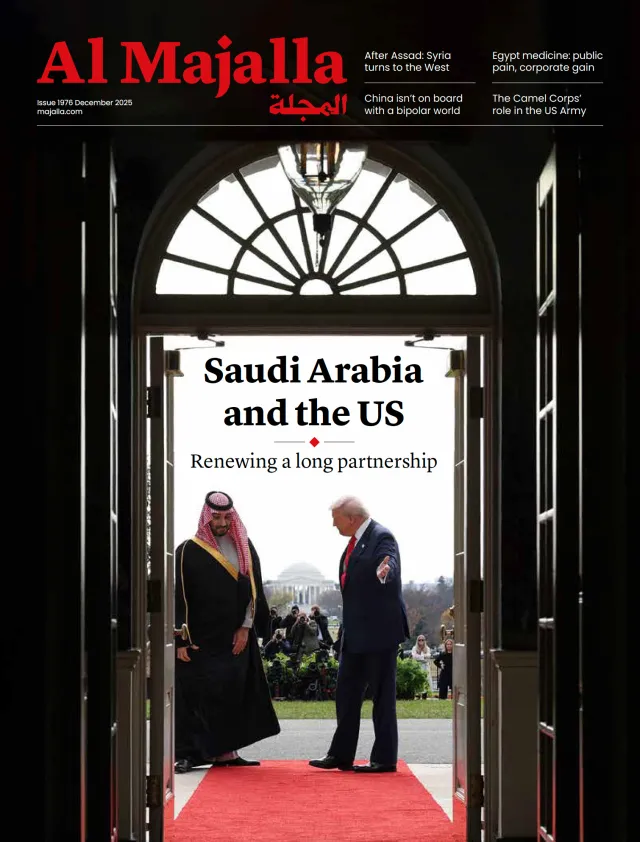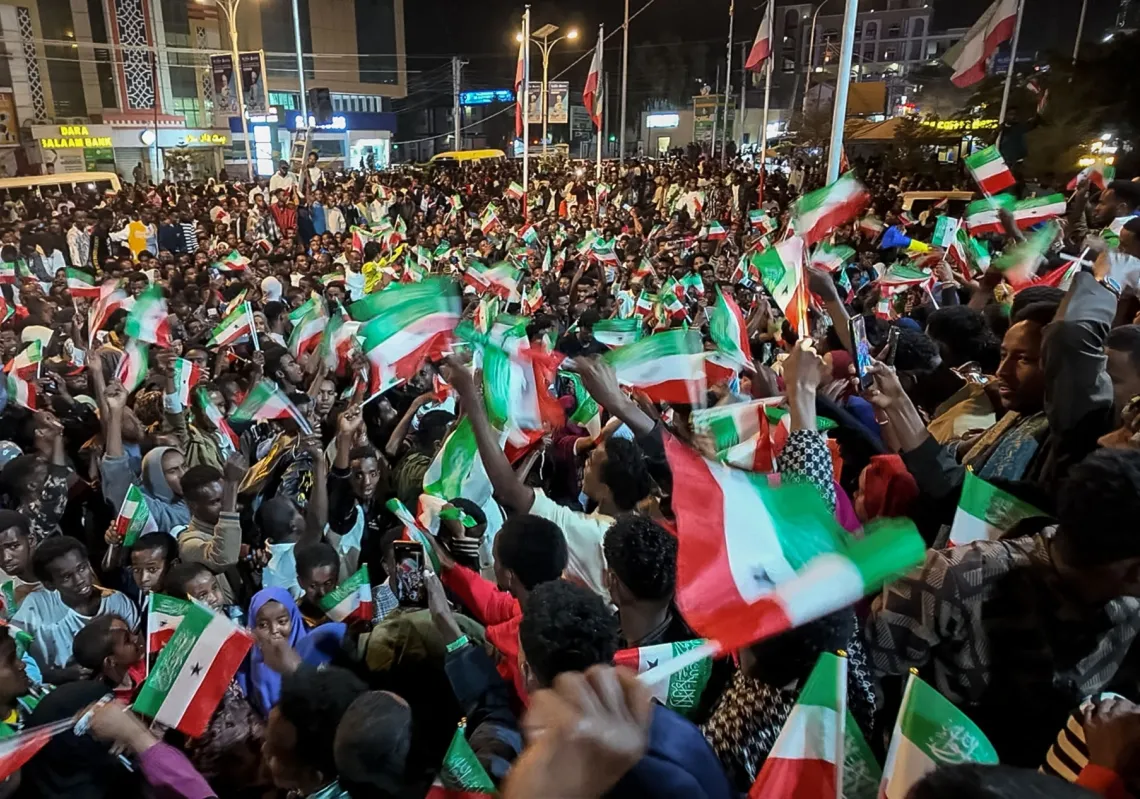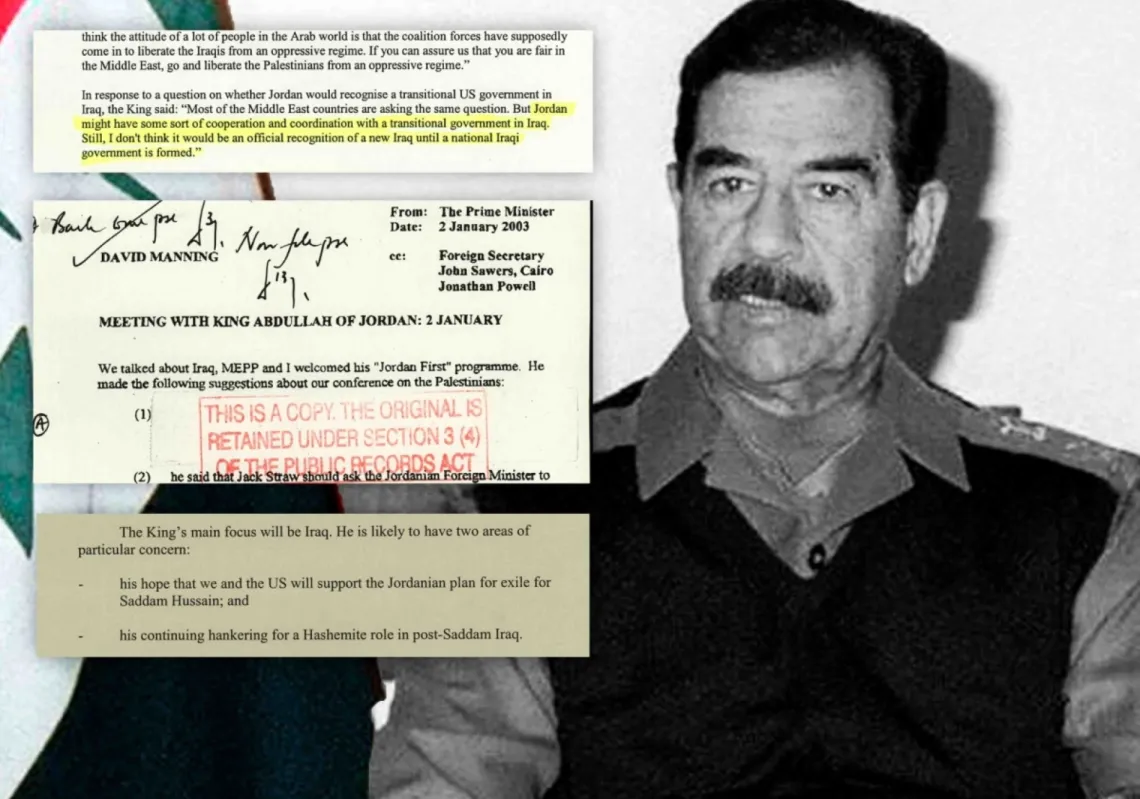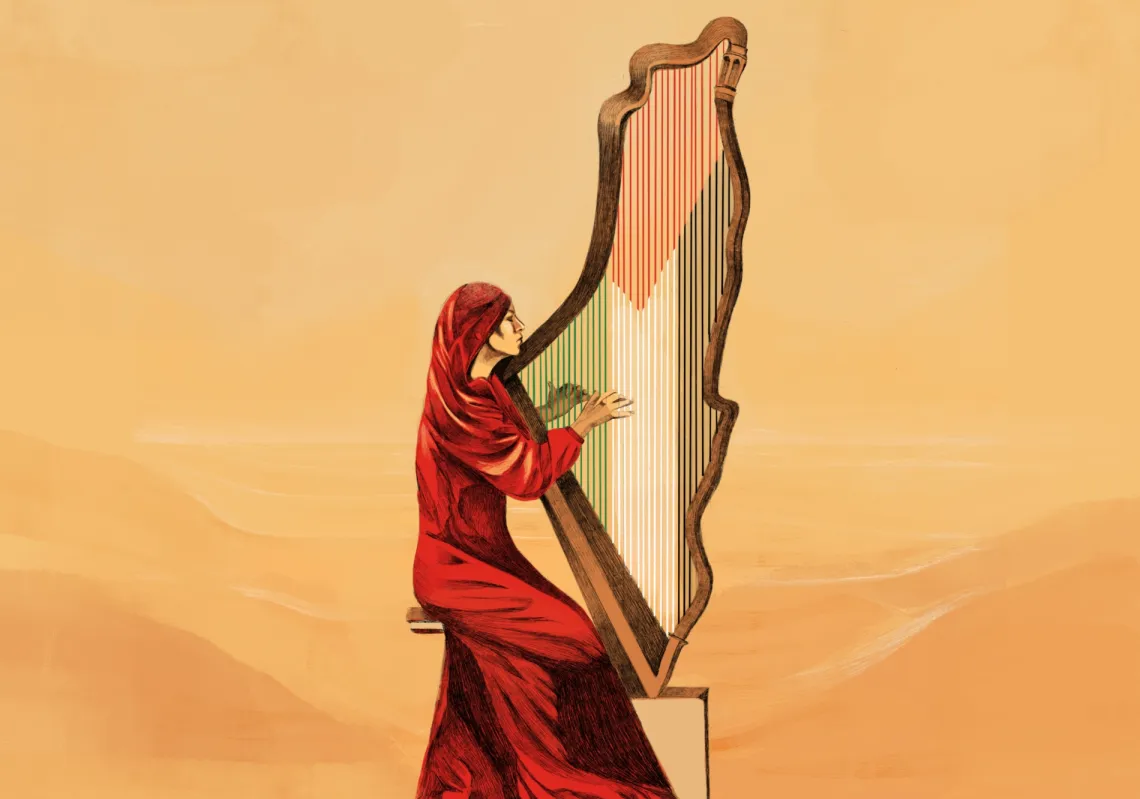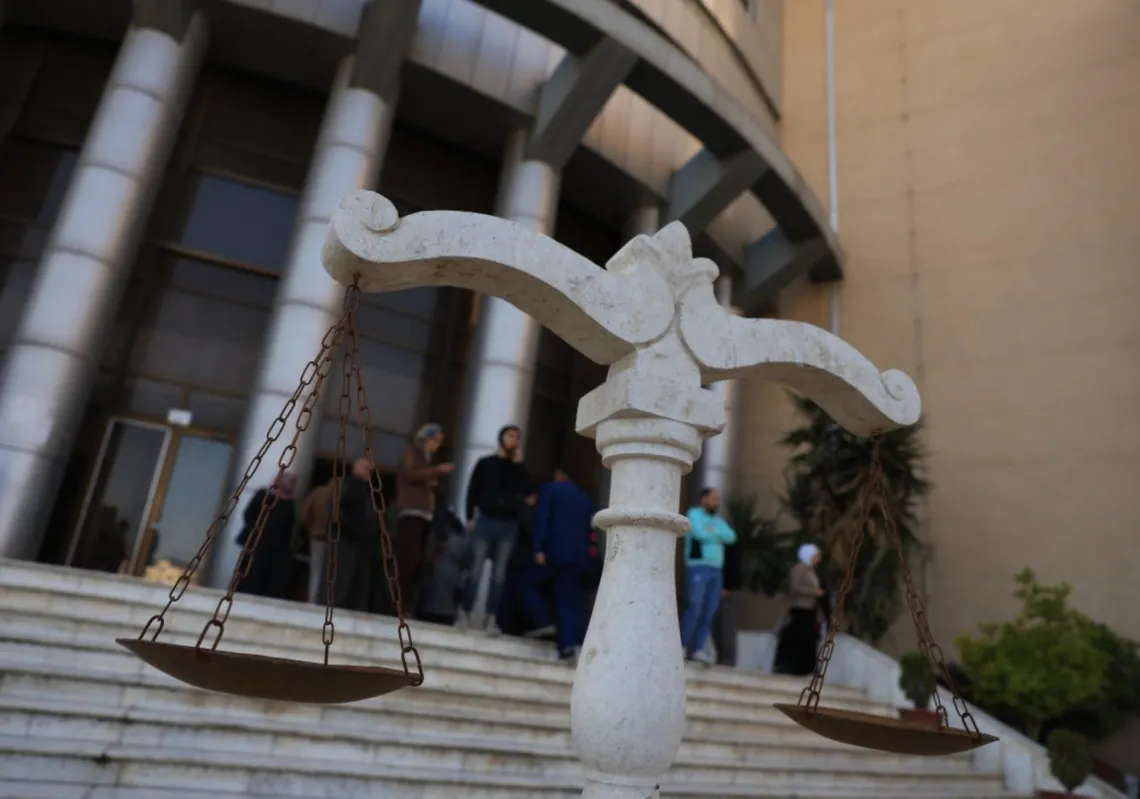Yet another alarming episode of violence has recently erupted in Syria. Tensions first erupted over the weekend of 25 April, when a voice recording containing insults toward the Prophet Muhammad circulated widely on social media. Not long after, Druze students living in university housing in Homs were attacked and beaten by fellow students.
Damascus authorities quickly announced the arrest of those involved in the assault, believing the situation had been contained. In reality, it was only the beginning. Within hours, the backlash to the recording spread to Jaramana and Sahnaya in Rural Damascus, where unidentified armed groups launched attacks on both towns, clashing with local Druze fighters and government security forces.
Even after both the accused and the transitional authorities publicly denied the authenticity of the recording and promised to hold perpetrators accountable, the violence persisted and spread to parts of Sweida province. While official casualty figures have not been released, reports confirm fatalities among local Druze fighters and members of the Damascus government’s General Security Service.

Not the first time
While this is the first large-scale, indiscriminate attack against the Druze community, it is not the first sectarian-motivated violence to occur since the ousting of the Assad regime. In March, violence against Alawite communities was sparked by coordinated attacks from remnants of the former regime, resulting in the deaths of over 13 security personnel in Latakia. The retaliatory response to these attacks was sectarian in nature.
Videos circulating on social media depict excessive force, field executions, and mass killings motivated by revenge and sectarian tensions, particularly in Latakia and Tartus. The Syrian Network for Human Rights has documented the killing of at least 803 people in Latakia, Hama, Tartous, and Homs between 6 March and 10 March. The casualties included 172 government forces and 211 civilians killed by pro-Assad forces, alongside at least 420 civilians and “disarmed militants” killed by armed forces aligned with Damascus.
Syria’s interim President Ahmed al-Sharaa's initial response was promising. He acknowledged the violations committed by armed forces and established a committee to investigate and hold perpetrators accountable. However, the committee’s findings have not yet been disclosed, leaving the perpetrators feeling somewhat immune, at least for the time being.
While the immediate violence has been de-escalated through several agreements with notables in Druze-majority areas, the incident reveals risks that go far beyond the events of the past week. The fact that an apparently fake audio recording could trigger such swift and deadly violence is what makes this episode especially alarming.
It reveals just how fragile Syria’s current situation is — how easily a single spark can destabilise entire communities. Relatedly, it highlights the deep, unresolved sectarian tensions fueled by years of conflict, systematic demonisation of the “other”, and cycles of revenge. The episode also underscores that the recent mass violations against Alawite communities, though sparked by different circumstances, were rooted in the same festering sectarianism that continues to drive instability.

